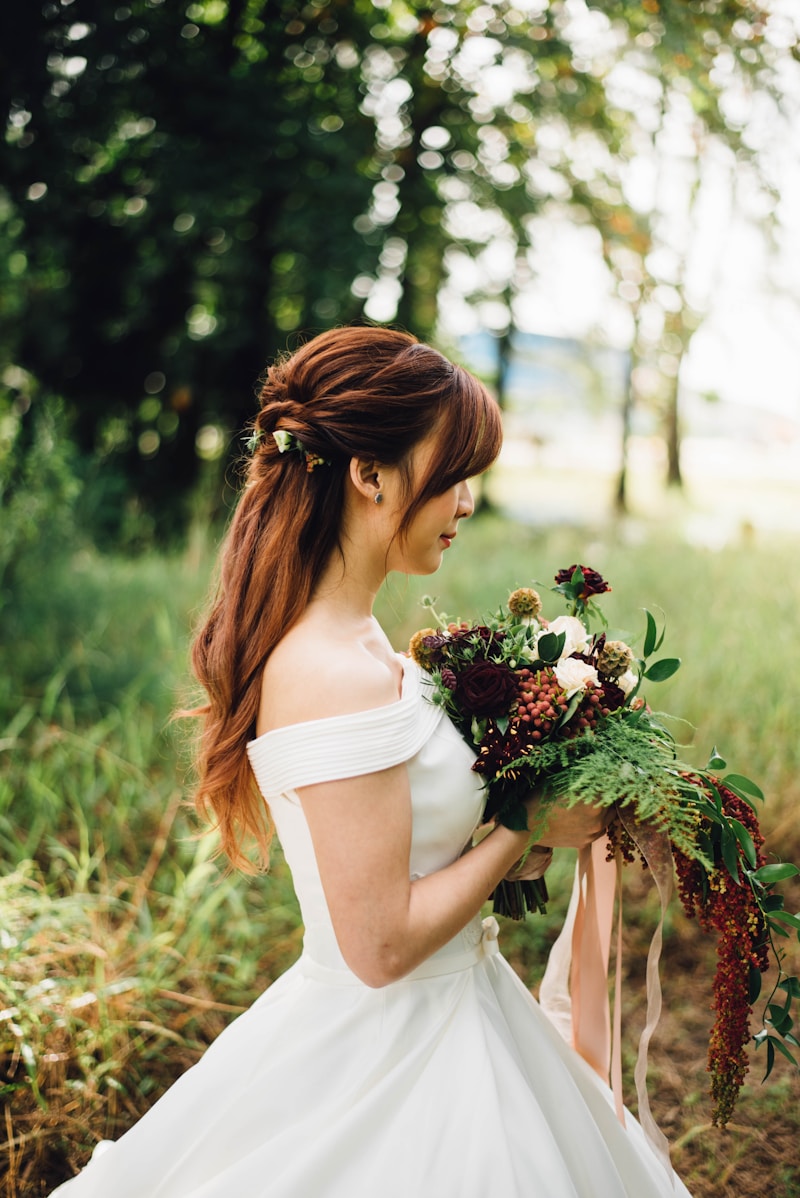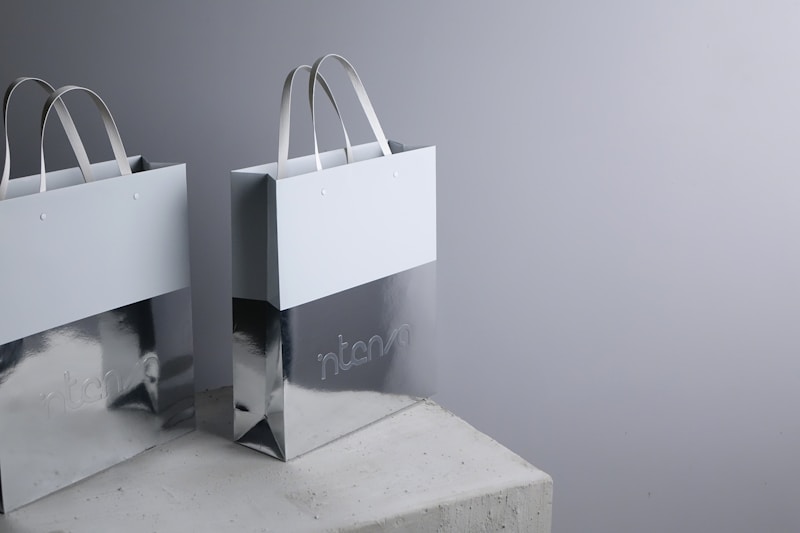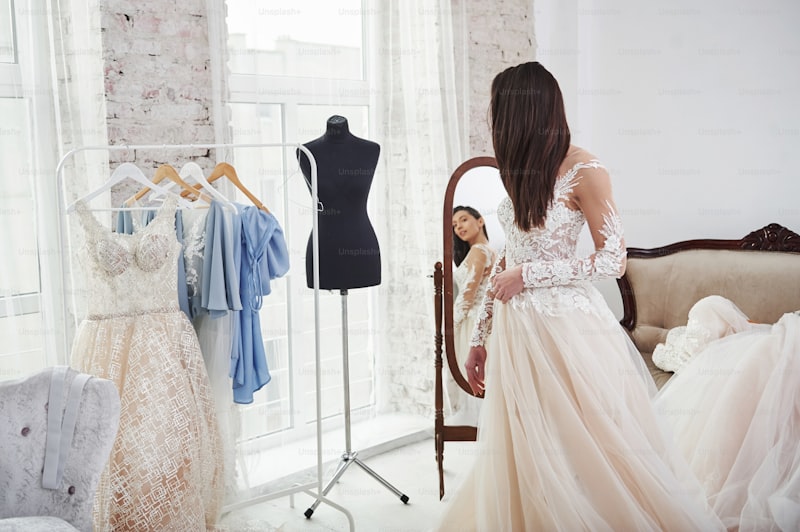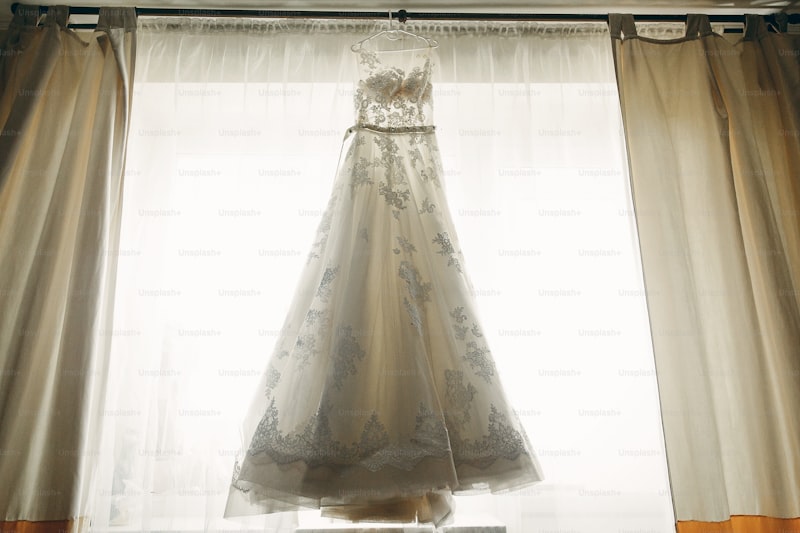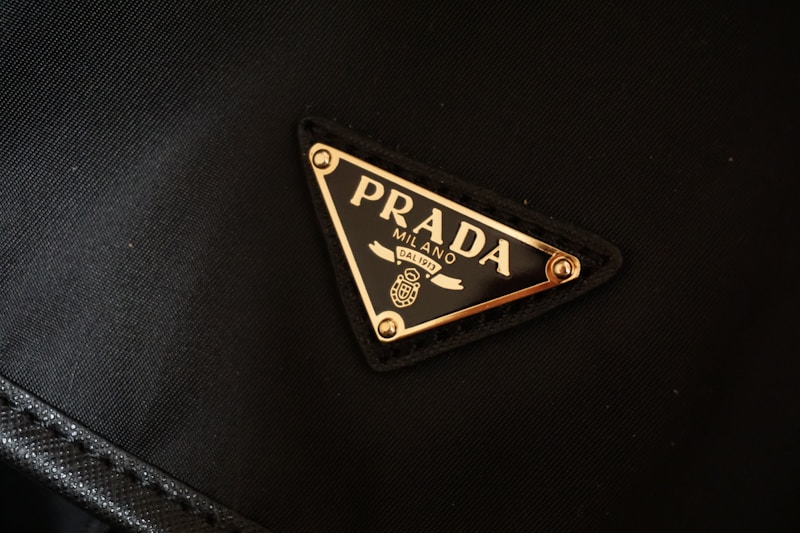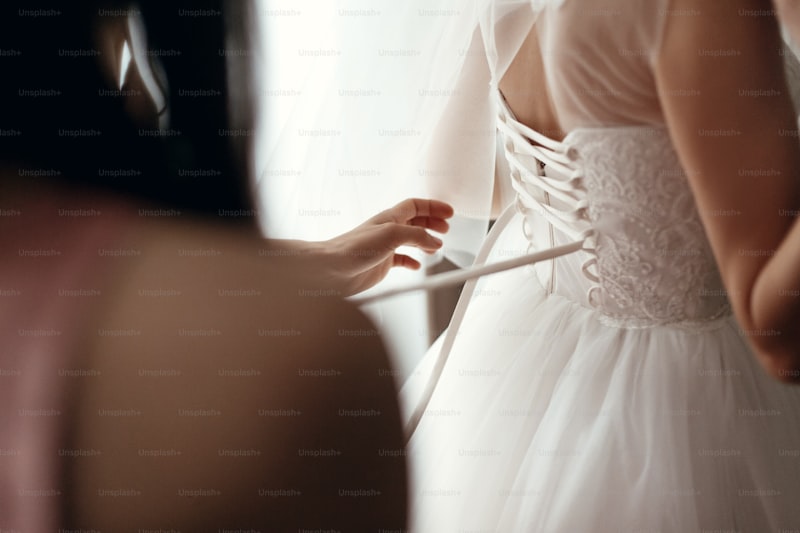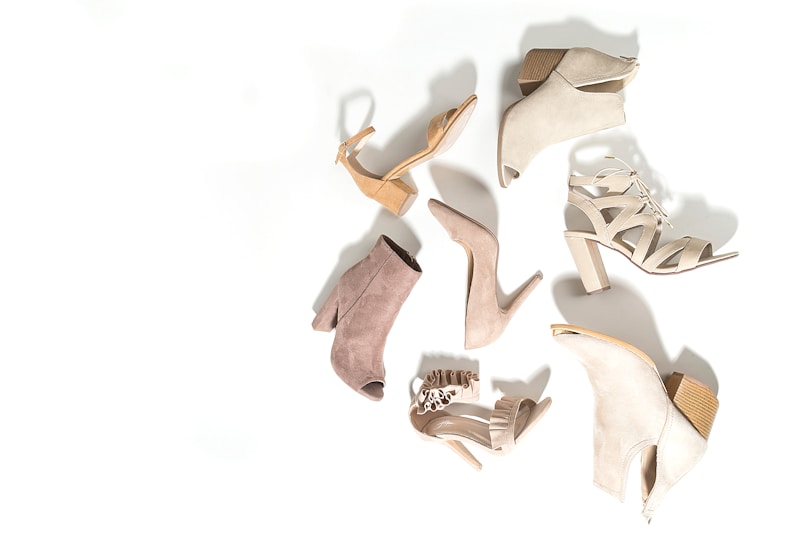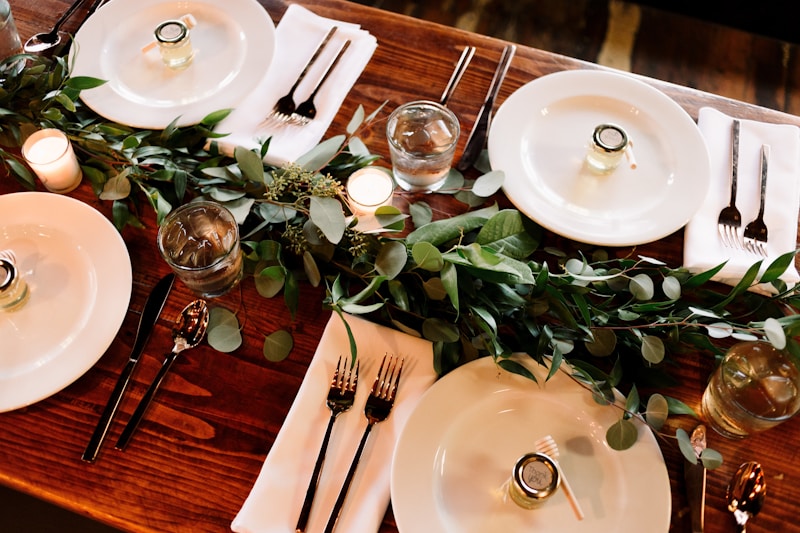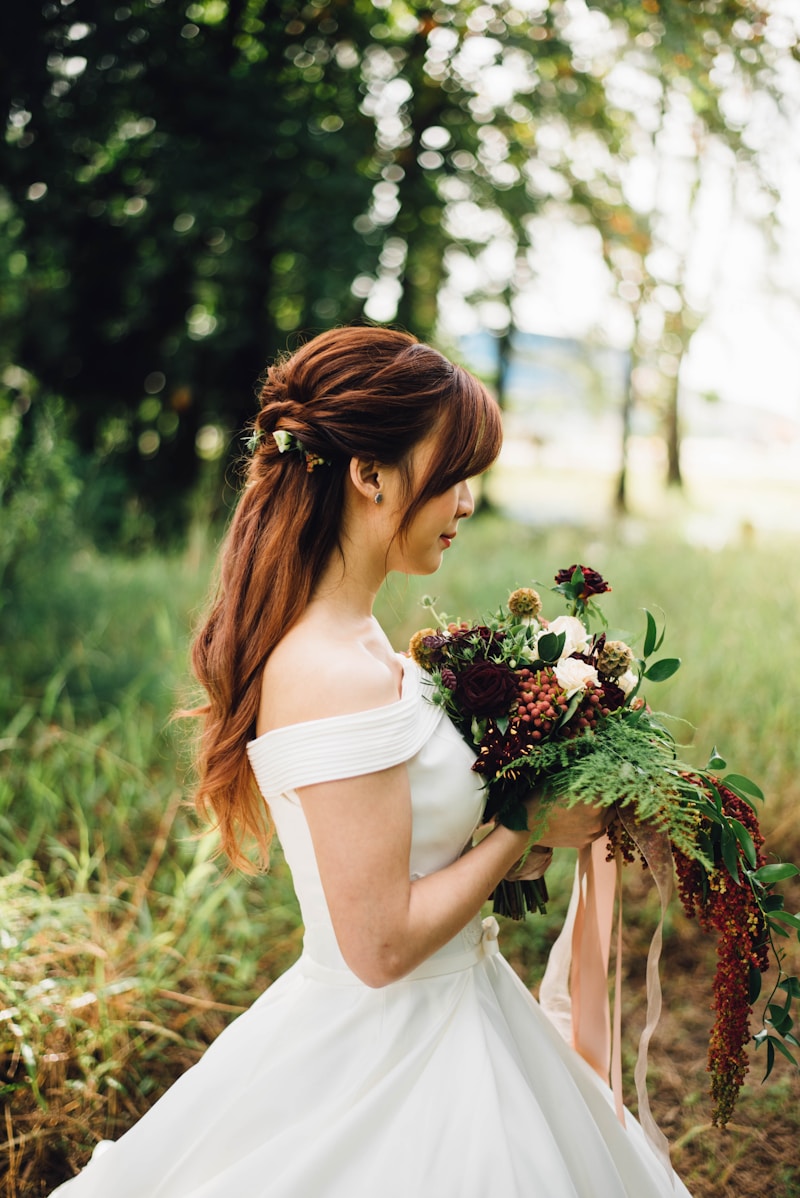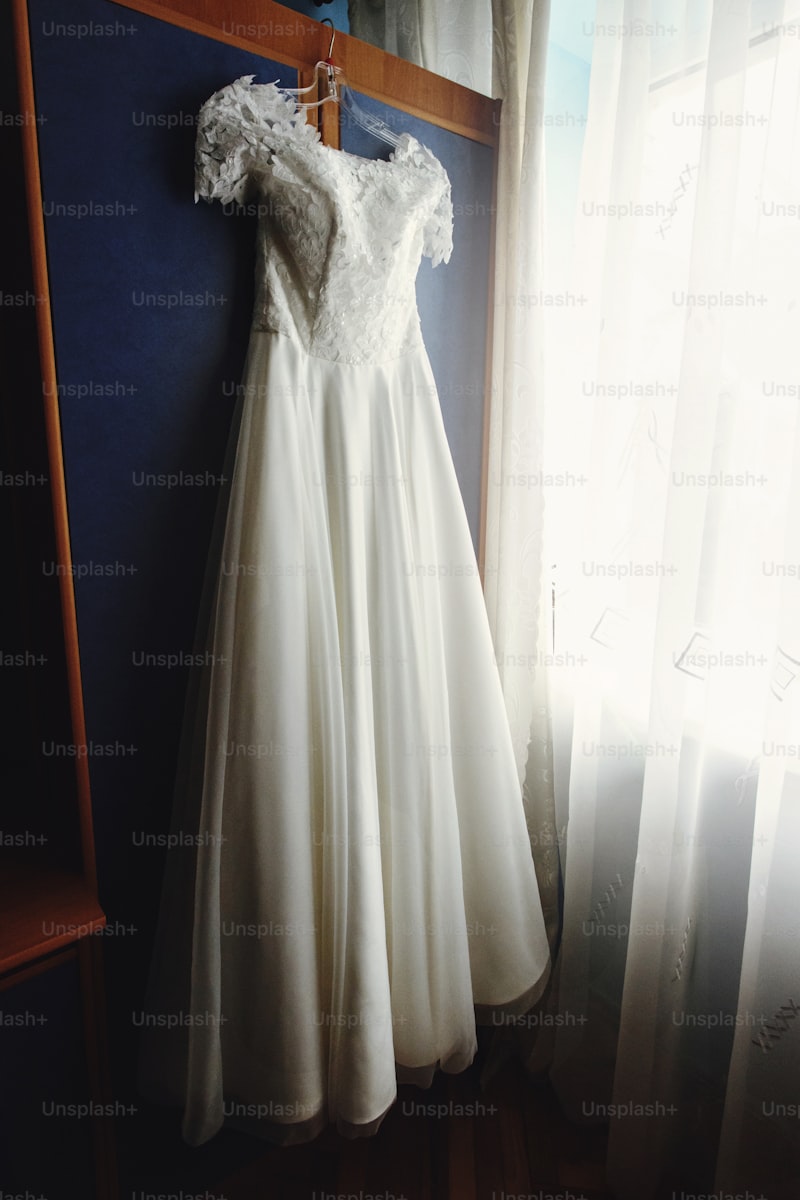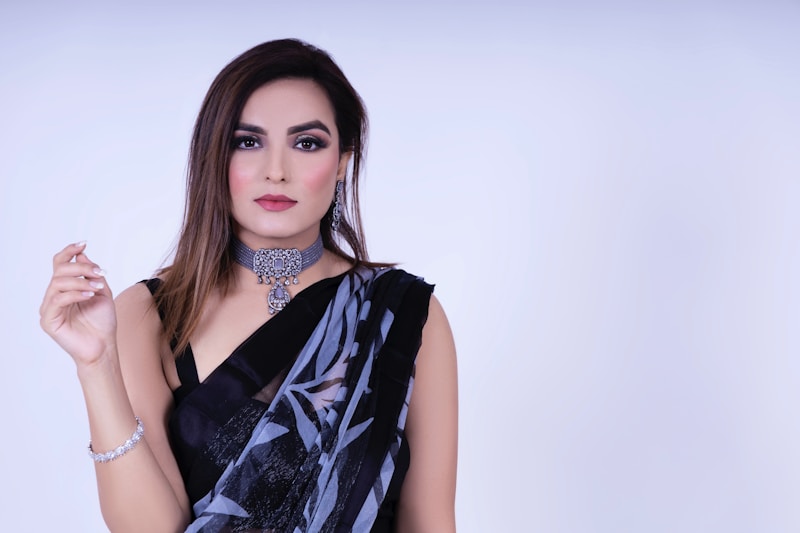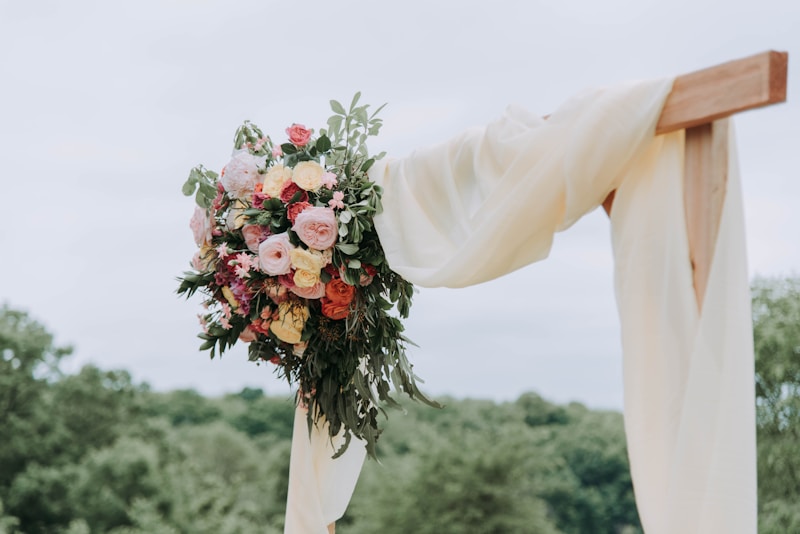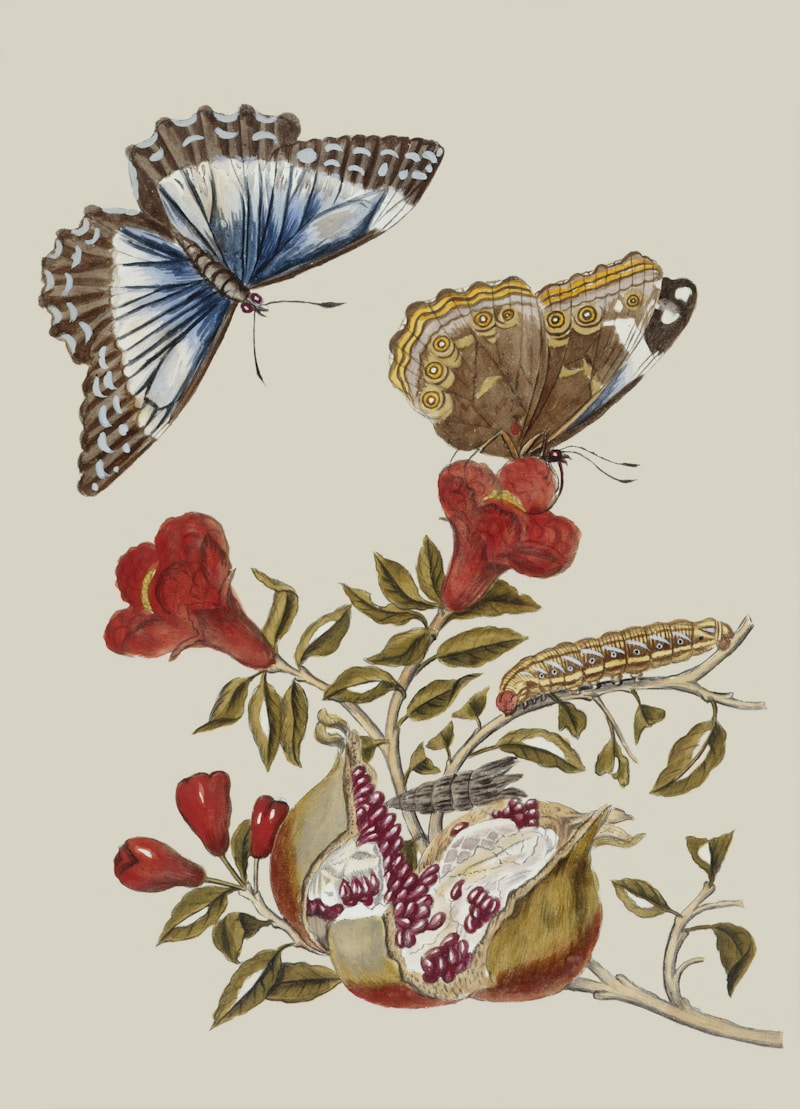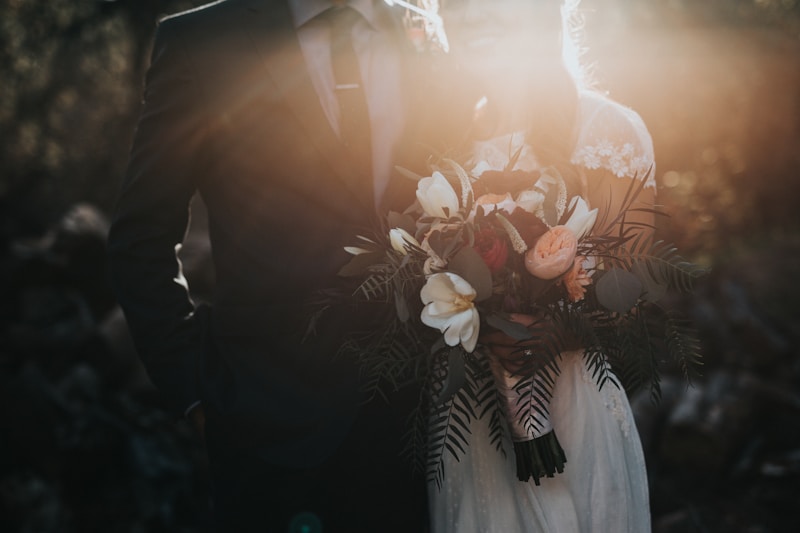Discover the Timeless Elegance of Classic Wedding Gowns
IntroductionWhen planning a wedding, the dress you choose is often the centerpiece of your big day. Among the various styles available, classic wedding gowns hold a special place in the hearts of brides. Their timeless elegance and sophistication make them a popular choice for weddings, transcending trends and remaining stylish through the decades. This article will delve into the beauty and charm of classic wedding gowns, their various styles, considerations for choosing the perfect dress, and tips on accessorizing for your special day.The Allure of Classic Wedding GownsClassic wedding gowns are typically characterized by their elegant silhouettes, luxurious fabrics, and exquisite craftsmanship. They are often inspired by traditional styles, with designs that date back to iconic eras. Here are some features that make classic wedding gowns so alluring: Timeless Silhouettes: A-line, ball gown, and sheath cuts are prevalent, offering flattering options for various body types. Luxurious Fabrics: Materials such as silk, satin, lace, and tulle add an opulent feel to classic gowns. Intricate Details: Embroidery, beading, and lace appliqués provide a touch of elegance and uniqueness.Popular Styles of Classic Wedding GownsClassic wedding gowns encompass a range of styles that can fit any bride's vision. Below is a table summarizing some popular styles: Style Features Ideal For A-Line Fitted bodice flowing into a skirt that resem...
Discovering Unique Bridal Styles: A Comprehensive Guide for the Modern Bride
Exploring Unique Bridal Styles for Your Special DayYour wedding day is one of the most significant moments in your life, and choosing the perfect bridal style is essential to ensure you look radiant and feel confident. With so many options available, it's important to discover unique bridal styles that reflect your personality and vision for your big day. In this article, we'll delve into various unique bridal styles, explore trending wedding themes, and offer helpful insights to help you choose the right look.Understanding Unique Bridal StylesUnique bridal styles encompass a wide range of looks, taking into account diverse cultural traditions, modern fashion trends, and personal preferences. From bohemian and vintage to modern minimalist and destination weddings, your bridal style can truly reflect who you are. Here, we break down some trending unique bridal styles for today's brides:1. Bohemian BlissThe bohemian bridal style is all about effortless charm and a laid-back vibe. Think flowy fabrics, flower crowns, and earthy color palettes. Bohemian brides often opt for unconventional wedding venues such as beaches, gardens, or rustic barns. A few key elements that define this style include:Lightweight lace and chiffon fabricsNatural makeup with a focus on glowing skinFloral arrangements featuring wildflowers and greeneryComfortable, yet chic footwear like sandals or ankle boots2. Vintage RomanceChanneling the glamour of previous decades, vintage bridal styles offer a nostalgi...
The Ultimate Guide to Couture Gown Options: Elevate Your Style
Introduction to Couture Gown OptionsCouture gowns represent the pinnacle of fashion sophistication and craftsmanship. When women think of a couture gown, they envision luxurious fabrics, impeccable tailoring, and the unique touch of a renowned designer. In today’s world, where personalization and individuality are highly prized, understanding the various couture gown options available is essential for anyone planning a special event, be it a wedding, gala, or red carpet affair. This article will explore various couture gown options, along with factors to consider when choosing the perfect gown for your occasion.The Allure of Couture GownsWhat sets couture gowns apart from ready-to-wear dresses is their bespoke nature. Each gown is tailored to fit the client’s measurements and preferences, offering a level of customization that mass-produced garments simply cannot provide. Couture gowns are crafted with the finest materials, and the price often reflects the artistry involved. Celebrities like Ariana Grande and Beyoncé frequently wear couture gowns created by designers such as Giambattista Valli and Elie Saab, showcasing the extreme glamour these garments embody.Types of Couture Gown OptionsWhen it comes to couture gown options, there are various styles and features to consider. Below is a table summarizing different types of couture gowns that may pique your interest:StyleDescriptionA-lineFlattering for most body types, this style features a fitted bodice that gradually flares...
Explore the Best Designer Bridal Options for Your Dream Wedding
When it comes to planning a wedding, one of the most exciting yet overwhelming aspects is choosing the perfect bridal gown. With a plethora of designer bridal options available, brides can find the dress that not only complements their style but also fits their budget. This article is dedicated to exploring the best designer bridal options that elevate your wedding experience.Understanding Designer Bridal OptionsDesigner bridal options encompass a wide range of styles, fabrics, and price points. From renowned fashion houses to emerging talent, the bridal industry is rich with choices. What should you consider when selecting your designer bridal gown? Here are some key factors:FactorDescriptionStyleConsider the overall theme and season of your wedding. Are you opting for an elegant gown or a more relaxed bohemian style?FabricChoose fabrics that are comfortable and suit the weather. Luxurious silk, classic lace, or lightweight chiffon are popular options.FitEnsure the dress flatters your body shape. Alterations may be needed to achieve the perfect fit.BudgetDesigner gowns can range from a few hundred dollars to tens of thousands. Setting a budget will help narrow your options.Popular Designer Bridal OptionsBrides have an array of designers to choose from when selecting their bridal gown. Below are some popular designer bridal options that have made a significant impact on the fashion landscape:1. Vera WangVera Wang is synonymous with bridal elegance. Known for her modern yet ti...
Discover the World of Affordable Couture Gowns
In today’s fashion landscape, the term "affordable couture gowns" has gained immense popularity. As fashion enthusiasts seek elegance without breaking the bank, understanding how to find these stunning pieces is crucial. This article will delve into the essence of affordable couture gowns, explore trends, and uncover tips on making the best choices.What Are Affordable Couture Gowns?Couture gowns symbolize luxury, sophistication, and exclusivity. Traditionally, couture refers to high-fashion garments made with the utmost precision, typically designed by renowned designers. However, in recent years, a trend has emerged where designers are creating couture-style gowns at more accessible price points, making these exquisite designs available to a broader audience.Why Choose Affordable Couture Gowns?Affordability does not mean compromising on quality or style. Affordable couture gowns offer a perfect blend of elegance and cost-effectiveness, making them an ideal choice for special occasions like weddings, galas, or formal events. Here are some reasons why you might consider choosing affordable couture:Unique Designs: Many affordable couture brands focus on offering distinctive styles that often escape mass-market production.Quality Materials: Despite the lower price point, these gowns are usually made from high-quality fabrics that give a luxurious feel.Customization: Some brands offer customization options, allowing you to adjust the gown to your specific measurements and prefere...
Discover the Most Elegant Bridal Looks: A Guide for the Modern Bride
Introduction to Elegant Bridal LooksWeddings are a celebration of love, and every bride deserves to look stunning on her special day. The search for the perfect gown can feel overwhelming, especially with the myriad of styles available. This article aims to explore elegant bridal looks that can transform any bride into a vision of beauty. Whether you are seeking something traditional or modern, this guide will offer inspiration for creating your dream bridal ensemble.Defining Elegant Bridal LooksBefore we dive into specific styles, it’s essential to understand what constitutes an elegant bridal look. Elegance is often associated with simplicity, refinement, and unique details that enhance the bride's natural beauty. Common factors that define elegance include: Timeless silhouettes Quality fabrics Subtle embellishments Classic colors like white, ivory, and pastels Accessorizing with graceThe Timeless A-Line GownOne of the most popular stylish choices among brides is the A-line gown. This silhouette flatters various body types and offers a refined, graceful appearance. The gown's fitted bodice leads into a flowing skirt that resembles the shape of the letter "A." Suitable for both formal and casual weddings, the A-line gown can be enhanced with elegant lace detailing, beading, or fabric overlays.Chic Ball Gowns for a Fairytale LookIf you envision a fairytale wedding, a ball gown may be the ideal choice for you. Featuring a fitted bodice and voluminous skirt, this...
Ultimate Guide to Fashionable Wedding Attire: Elevate Your Wedding Style
Introduction to Fashionable Wedding AttireIn today’s modern world, weddings have evolved into grand affairs, and so has the attire worn by couples and guests. Fashionable wedding attire is more than just garments; it's an elegant expression of individuality and style. Whether you're the bride, groom, or a guest, finding the right attire can make or break the wedding experience. This guide delves into the latest trends in wedding attire and provides invaluable tips for looking your best on this special day.Understanding Fashionable Wedding AttireFashionable wedding attire encompasses a variety of styles, colors, and fabrics, which can vary based on the season, the type of wedding, and personal preferences. In 2023, couples seek to reflect their unique personalities in their outfits, moving away from traditional wedding norms. Here’s a breakdown of different aspects of fashionable wedding attire:Bridal AttireGroom's AttireGuests' AttireElegant ball gowns, chic cocktail dresses, and bohemian-inspired designs are trending for brides. Fabrics like lace, silk, and tulle are widely favored.Modern suits, tuxedos, and even stylish separates are popular for grooms. Customization, such as unique ties and pocket squares, has also gained traction.For guests, the options are endless. From floor-length gowns to tailored suits, accessories play a crucial role in completing the look while respecting the wedding’s theme.Top Trends in Fashionable Wedding Attire for 20231. Sustainable FashionEco...
The Ultimate Guide to Bridal Wear Trends: What’s In Vogue for 2023
Understanding Bridal Wear TrendsEvery bride dreams of her wedding day and wants to look stunning in the perfect attire. As the wedding season approaches, it’s imperative to stay updated with the latest bridal wear trends. This article explores the top bridal wear trends of 2023, ensuring you are well-informed to make the right choices for your special day.Current Trends in Bridal WearIn 2023, bridal wear trends are embracing a blend of traditional elegance and modern flair. Here are some of the key trends to watch out for:TrendDescriptionNotesMinimalist DesignsSimplicity at its best, featuring clean lines and understated elegance.Perfect for a chic, modern wedding.A-Line SilhouettesClassic cut that flatters various body types, giving a timeless look.Ideal for any wedding setting.Floral EmbellishmentsBrides are opting for gowns adorned with floral appliqués and embroidery.Adds a romantic touch to the bridal look.Bold ColorsWhite is no longer the only choice; pastels and vibrant colors are trending.Perfect for personalized, unique styles.Bridal TrousersInnovative and stylish; trousers are a comfortable alternative to traditional gowns.Best for modern, unconventional weddings.Minimalist DesignsThe minimalist movement has taken the bridal industry by storm. Brides are increasingly favoring gowns that boast clean lines and a lack of excess embellishment. Simple fabrics like silk and chiffon create an elegant silhouette without overwhelming the wearer. Minimalist designs are not on...
Mastering Wedding Gown Selection: A Comprehensive Guide
Your Ultimate Guide to Wedding Gown SelectionChoosing the perfect wedding gown is one of the most significant decisions any bride will make in her wedding planning journey. This article delves into the essential aspects of wedding gown selection, from understanding body types to choosing the right fabric and style, making your experience not only enjoyable but also memorable.Understanding Your Body TypeThe first step to selecting your dream wedding gown is knowing your body type. It’s crucial to choose a gown that accentuates your best features while making you feel comfortable and confident. Here’s a breakdown of common body types:Body TypeRecommended Gown StylesStyles to AvoidA-LineA-line, empire waistMermaid, sheathHourglassFit and flare, ball gownBoxy cutsAppleEmpire waist, A-lineShort dressesPearA-line, ball gownThigh-high cutsChoosing the Right FabricDifferent fabrics can drastically change the look and feel of your wedding gown. Here are some popular options and their characteristics:Satin: Luxurious and smooth, ideal for a formal look.Chiffon: Light and airy, perfect for destination weddings.Lace: Timeless and romantic, adds texture and detail.Organza: Stiff and sheer, great for adding volume.Consider the season and venue when selecting fabric. For example, chiffon is excellent for summer weddings, while heavier satin might be more suitable for winter.Setting a BudgetWedding gowns can range from a few hundred to several thousand dollars. Determine your budget early on...
Elevate Your Wedding with High-Fashion Bridal Wear: A Comprehensive Guide
Introduction to High-Fashion Bridal WearThe world of weddings is ever-evolving, and so is bridal fashion. If you’re preparing for your big day, understanding the essence of high-fashion bridal wear can transform your experience. This article delves deep into what defines high-fashion bridal wear, key trends, and everything you need to know to make an informed choice for your wedding attire.What is High-Fashion Bridal Wear?High-fashion bridal wear refers to premium wedding gowns and attire that often feature unique designs, luxurious materials, and bespoke tailoring. These outfits are crafted by renowned designers and often showcase the latest trends in fashion, elevating the entire wedding experience.Key Characteristics of High-Fashion Bridal WearWhen exploring high-fashion bridal wear, several defining characteristics stand out: Characteristic Description Unique Designs Each gown comes with intricate designs that stand out from traditional bridal wear. Luxury Fabrics Materials such as silk, lace, and organza are predominant, creating an elegant look. Bespoke Tailoring High-fashion gowns are often made to measure, ensuring a perfect fit. Attention to Detail Detailing such as embroidery, appliqués, and embellishments are common. Current Trends in High-Fashion Bridal WearKnowing the current trends in bridal wear can help you select an outfit that embodies your personal style while remaining fashionable. Here are some of the lates...
Exploring the Enchantment of Whimsical Bridal Fashion: A Style Guide for Modern Brides
When it comes to bridal fashion, every bride wants to feel unique and special on her big day. In recent years, whimsical bridal fashion has emerged as a popular trend, allowing brides to express their personal style in delightful and imaginative ways. This article delves into the enchanting world of whimsical bridal fashion, covering everything from eccentric dress designs to playful accessories, and offers helpful tips for brides-to-be looking to embrace this enchanting style.What is Whimsical Bridal Fashion?Whimsical bridal fashion is primarily characterized by its playful and imaginative elements. Unlike traditional bridal gowns that often lean towards classic elegance, whimsical designs infuse creativity and a sense of fun into the bridal look. This can include unconventional silhouettes, bold colors, unique textures, and extraordinary fabrics. Whimsical bridal fashion can truly be anything that ignites joy and reflects the bride's personality.Key Elements of Whimsical Bridal FashionTo fully understand what whimsical bridal fashion encompasses, let's explore some of its key elements:Color: While white and ivory are traditional choices, whimsical dresses often incorporate bold colors like pastel pink, lavender, or even vibrant jewel tones.Fabrics: Tulle, lace, and organza are commonly used, but add a twist with unexpected materials like sequins, feathers, or patterned fabrics.Silhouette: Playful silhouettes such as A-line, tea-length, or asymmetrical cuts are popular choic...
Explore the World of Elegant Gown Choices: A Comprehensive Guide
IntroductionFinding the perfect gown is an experience that many look forward to, whether it’s for a wedding, prom, or any formal event. The right gown not only enhances your silhouette but also boosts your confidence. In this guide, we will delve into the exquisite world of elegant gown choices that cater to various styles, occasions, and body types. We’ll also explore additional searches related to gown selections, ensuring you’re fully equipped to make an informed decision.The Significance of Choosing the Right GownAn elegant gown is more than just fabric and design; it symbolizes grace and sophistication. The elegant gown choices you make can reflect your personality, mood, and style, setting the tone for your entire event. Here are a few reasons why selecting the right gown is crucial: First Impressions Matter: Your gown is often one of the first things people notice, influencing their perception of you. Comfort is Key: An elegant yet comfortable gown allows you to enjoy your event without feeling restrained. Confidence Booster: Wearing something that fits well and looks stunning can significantly boost your self-esteem.Popular Trends in Elegant Gown ChoicesThe fashion world continually evolves, but some trends remain timeless. Here are several current trends in elegant gowns: Trend Description Floral Embroidery Gowns adorned with intricate floral patterns create a whimsical and romantic feel. Bold Colors Deep hues like emerald green, royal blue, and burgundy are...
Couture Bridal Designs: An In-Depth Exploration of Custom Wedding Gowns
Discovering Couture Bridal Designs: The Epitome of EleganceCouture bridal designs have taken the wedding fashion world by storm, offering brides a unique opportunity to express their personal style on one of the most important days of their lives. Unlike ready-to-wear options, couture gowns are custom-made, ensuring that each dress is a one-of-a-kind masterpiece. In this article, we will delve into the fascinating world of couture bridal designs, exploring their history, inspiration, and how to choose the perfect gown for your big day.The Evolution of Couture Bridal DesignsCouture fashion dates back to the 19th century, thanks to influential designers like Charles Frederick Worth. Initially, these exquisitely crafted pieces were exclusively available to high society, featuring impeccable detailing and luxurious fabrics. Over time, as the fashion industry evolved, so did the concept of bridal couture. Today, brides have a plethora of options, from classic silhouettes to modern avant-garde designs.The Characteristics of Couture Bridal GownsWhat truly sets couture bridal designs apart from off-the-rack options? Let’s take a look at some key characteristics:CharacteristicsDescriptionCustomizationEvery element from fabric choice to design details is tailored to the bride's specifications.Meticulous craftsmanshipCouture gowns are often hand-sewn, ensuring exceptional quality and intricate details.Exclusive fabricsDesigners use only the highest quality materials, such as silk, satin...
The Ultimate Guide to Fashion-Forward Wedding Wear: Elevate Your Big Day!
Introduction to Fashion-Forward Wedding WearWeddings are monumental events where dreams and reality intertwine. Choosing the right attire is crucial, especially when aiming for a fashion-forward look. The term fashion-forward wedding wear is not only about looking stunning but also about making a bold statement on your special day. This article aims to explore the various facets of fashion-forward wedding wear, encompassing styles, trends, and essential accessories that will make you stand out.Understanding Fashion-Forward Wedding WearFashion-forward wedding wear refers to garments that embrace contemporary designs, innovative materials, and striking silhouettes. Couples are now moving away from traditional expectations and opting for unique styles to showcase their personalities. This shift reflects broader trends in the fashion industry, as today's couples seek to curate a celebration that feels distinctly their own.Current Trends in Fashion-Forward Wedding WearAs weddings evolve, so do the trends in wedding attire. Here are some current trends that embody fashion-forward wedding wear: Minimalist Elegance: Clean lines and understated designs are in vogue, allowing the couple's personality to shine. Bold Colors: Many couples are veering away from traditional whites, opting for vibrant hues that reflect their personality and style. Sustainable Fashion: Eco-friendly wedding wear is making waves, highlighting the importance of sustainability without sacrificing style. ...
Exploring Romantic Gown Styles: Find Your Perfect Match for Every Occasion
Introduction to Romantic Gown StylesWhen it comes to making a statement at any special event, romantic gown styles stand out as timeless choices that exude elegance and charm. Weddings, galas, proms, and formal parties are the perfect occasions to explore various gown designs that embody romance and sophistication. This article will delve into the different styles of romantic gowns, their key features, and how to choose the perfect one for your next event. Additionally, we'll address common questions that arise when searching for the ideal romantic gown.Understanding Romantic Gown StylesRomantic gown styles are characterized by flowing silhouettes, delicate fabrics, and intricate details. Whether you're drawn to vintage inspirations or modern designs, there are numerous categories of romantic gowns to consider:StyleDescriptionA-Line GownsA timeless silhouette that flatters all body types, featuring a fitted bodice that gradually flares out from the waist, resembling the shape of a capital letter "A."Ball GownsThe classic fairy-tale design with a voluminous skirt and fitted bodice, perfect for creating a dramatic and romantic look.Mermaid GownsForm-fitting until the knees, then flares out dramatically. This style accentuates the body's curves and is perfect for those looking to make a bold statement.Empire Waist GownsFeaturing a high waistline just under the bust, this style creates an elongated appearance, providing comfort and elegance at the same time.Slip GownsLight and se...
Discover the Latest Bridal Fashion Inspirations for Your Perfect Day
Introduction to Bridal Fashion InspirationsBridal fashion is an ever-evolving landscape filled with creativity, personal expression, and cultural significance. As brides prepare for their special day, the quest for the perfect wedding gown, accessories, and overall aesthetic becomes paramount. In this article, we’ll explore bridal fashion inspirations from various platforms and designers to help you make informed choices for your big day, ensuring that you look as beautiful as you feel.The Impact of Bridal Fashion Trends on Wedding PlanningBridal fashion trends influence not just bridal gowns but also the entire wedding planning process. Understanding current trends can significantly help in designing a cohesive and stylish wedding theme. From vintage styles to modern minimalist aesthetics, these inspirations serve as a foundation for brides to express their unique personalities.1. Popular Bridal Fashion Trends in 2023As we step into 2023, several bridal fashion trends are making waves and finding their way into the wardrobes of brides around the world. Here are some of the most talked-about trends: Rustic Charm: Many couples are opting for rustic-themed weddings, which pairs beautifully with bohemian bridal fashion. Classic Elegance: The timeless appeal of classic silhouettes never fades, offering brides a chance to embody traditional beauty. Bold Colors: White is no longer the only choice; many brides are exploring vibrant colors to make a statement. Eco-Friendl...
Explore Unique Dress Designs: A Journey into Fashion Creativity
Discover the World of Unique Dress DesignsFashion is an ever-evolving sphere of creativity, and unique dress designs are at the heart of this vibrant world. Many fashion enthusiasts and trendsetters constantly seek out extraordinary dresses that stand out in the crowd. Whether you’re preparing for a special event, aiming to make a statement at a party, or just searching for something unique to express your personality, the quest for the perfect dress can be exciting. In this article, we will delve into the enchanting realm of unique dress designs, explore various styles and ideas, and provide tips on how to find or create the perfect unique dress tailored to your tastes.What Defines Unique Dress Designs?Unique dress designs are characterized by their originality, tailored fit, and distinctive elements that set them apart from mainstream fashion. Whether it’s an unconventional color palette, an innovative fabric choice, or an unusual silhouette, these dresses are made to turn heads. The essence of these designs often lies in the creator's artistic vision, cultural influences, and the trends that push the boundaries of traditional dressmaking.Elements of Unique Dress DesignsSeveral elements contribute to making a dress unique: Fabric Choices: Unique materials like organic cotton, silk blends, or even sustainable fabrics can make a dress stand out. Color Schemes: Combining unexpected colors or patterns can create a striking visual effect. Silhouettes: Tailoring the shap...
The Timeless Bridal Fashion: A Guide to Elegant Wedding Attire
Discovering Timeless Bridal FashionBridal fashion is more than just fabrics and designs; it’s a reflection of a bride’s personality, style, and the deep emotional significance of her wedding day. In the realm of weddings, the concept of "timeless bridal fashion" stands out, offering brides the chance to embody elegance and classic beauty that transcends fleeting trends. This article will explore what constitutes timeless bridal fashion, its history, iconic styles, and tips for choosing the perfect gown.Understanding Timeless Bridal FashionTimeless bridal fashion refers to wedding attire that remains elegant and stylish regardless of current fashion trends. These designs often showcase traditional silhouettes, high-quality fabrics, and intricate craftsmanship. The beauty of timeless bridal fashion lies in its ability to evoke a sense of nostalgia while feeling fresh and relevant.A Brief History of Bridal FashionBridal fashion has evolved significantly over the centuries. From the simple dresses of the early 19th century to the extravagant gowns of the modern era, the journey is fascinating. EraStyleKey FeaturesEarly 1800sEmpire WaistHigh waist, flowing fabric, often white or light colorsVictorian EraElaborate GownsLayered fabrics, detailed embroidery, voluminous skirts1920sFlapper StyleSlim silhouettes, drop waist, more daring designs1950sA-Line SilhouetteFitted bodice, flared skirt, classic and romanticModern EraDiverse StylesMix of traditional and contemporary, inclusive of ...
Discover the Latest Bridal Gown Trends for 2023: A Comprehensive Guide
Embrace the Beauty of Bridal Gown TrendsThe wedding industry has always been at the forefront of fashion, and this year is no exception. As we delve into the bridal gown trends of 2023, brides and wedding enthusiasts alike are buzzing with excitement over the innovative designs, vibrant colors, and luxurious fabrics that are making waves in the industry. Whether you are planning a big wedding or a small intimate gathering, choosing the perfect bridal gown is a pivotal part of the journey. In this article, we will explore the latest trends, the timeless styles, and some tips on how to select the ideal gown that reflects your personality.Top Bridal Gown Trends of 2023This year, bridal gowns are all about expressing individuality. Here are the top trends to consider while shopping for your dream dress:TrendDescription1. Bold ColorsBrides are moving away from classic white and ivory to embrace colors like blush, soft pastels, and even bolder hues like deep greens and rich reds.2. Minimalist DesignsSimple yet elegant gowns with clean lines and subtle detailing are gaining popularity, appealing to modern brides looking for understated chic.3. Vintage RevivalInspired by past decades, vintage styles such as lace sleeves and high necklines are making a comeback, bringing a sense of nostalgia.4. Mix & MatchBrides are opting for separates and hybrid styles, allowing them to mix and match skirts, tops, and accessories for a unique look.5. Sustainable ChoicesEco-friendly fabrics and ethic...
The Ultimate Guide to Designer Wedding Styles: Elevate Your Big Day
Discovering Designer Wedding StylesPlanning a wedding is an exciting journey filled with choices that will define the look and feel of your special day. Among the plethora of decisions you'll make, one of the most significant is choosing the right wedding style. In recent years, "designer wedding styles" have gained immense popularity, offering a blend of elegance, trendiness, and personalization that every couple desires. In this article, we will explore various designer wedding styles, their characteristics, and tips for selecting the perfect style that suits your vision.What Are Designer Wedding Styles?Designer wedding styles refer to the unique themes and designs created by renowned designers or influenced by current fashion trends. These styles can include specific color palettes, décor elements, and garment designs that reflect a particular aesthetic. Here are the key elements often associated with designer wedding styles: Tailored Outfits: Custom-created wedding dresses and suits that fit like a glove. Signature Color Palettes: Themed colors that resonate with the couple’s personality. Exclusive Décor Elements: Unique table settings, floral arrangements, and venue selections. Personalized Touches: Incorporating specific elements that tell the couple's story.Popular Designer Wedding StylesWhen it comes to designer wedding styles, the options are limitless. Here are some of the most sought-after styles that have been capturing hearts:1. Classic EleganceThis style exu...
